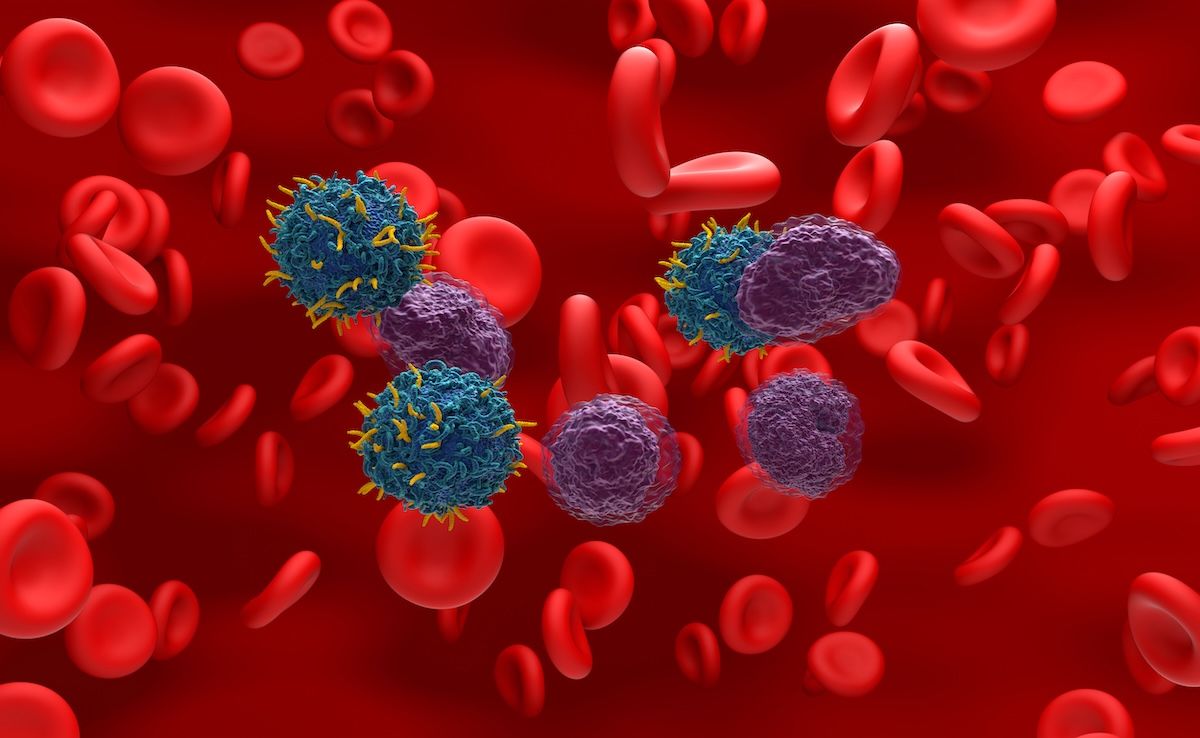Video
The CRADLE Trial and Autoimmune Disease
Megan E.B. Clowse, MD: The CRADLE trial is really a first of its kind in rheumatology. A drug was actually studied systematically in women taking it during lactation. The key was to look for how much of the drug was transferring into breast milk, with the goal of understanding the amount of transfer. Then we could interpret what that might mean for the safety of the drug to both the mother and the infant during breastfeeding.
So CRADLE was set up to enroll a group of women who were taking certolizumab for whatever reason their doctor thought was appropriate when it came time to breastfeed. Women had to be on the drug for at least 3 shots so that they had enough of it in their system so that it could be measured, and then they provided milk samples after an injection. We actually had a nurse go to their homes and get the samples every other day for a 2-week period of time so that we had a really nice sampling of each woman’s milk and knew that we weren’t missing anything.
We did that on a collection of women and were able to then analyze the results. The analysis is harder than you think. We are all very good at measuring certolizumab and other medications in the blood, but blood is different than breast milk. Breast milk has a lot of fat in it and different proteins in it and so on. So they had to actually make a special assay to measure the levels of certolizumab in the breast milk. And because the health of the infant is so important, they really wanted that assay to be very specific, to really identify any of the drug in the system. We couldn’t just sort of have a ballpark knowledge about how much was there, so they really made a unique assay just for the study.
So they ran the analysis, and what they found was that there was very minimal transfer. There was a collection of women who appeared to have no transfer that they could measure whatsoever throughout the 2-week period of sampling. That was actually the case in about a third of the women. There is a small number of women who actually had a tiny amount in their milk throughout the entire 2-week period, and then there was a group of women in whom the level kind of went up—it was still a tiny amount—about a week after the dose was given, and then it went away.
We then did a lot of math to figure out how much was a little that was in the breast milk, and we compared that with the amount of the drug that would be circulating in a woman’s blood. When we did that comparison, we saw that it was well less than half of 1% of what would be circulating in a woman’s blood. So we and lactation experts felt that was such a low dose or such a low level that it would not have any kind of negative impact on the infants.
In addition, what I think is also reassuring is that there is a reason why people don’t drink TNF [tumor necrosis factor] inhibitors. They are injections. Your gut will digest the drug, and it won’t ever get to your body. So even if there is a tiny amount in the breast milk, we would expect that the baby’s gut would most likely digest anything that is in there.




